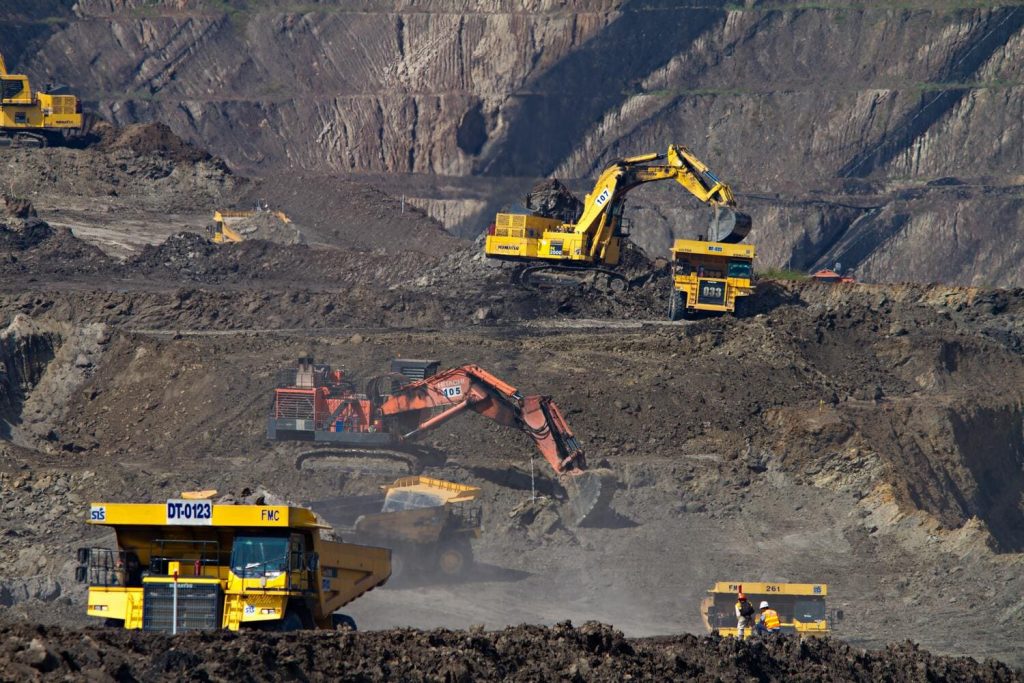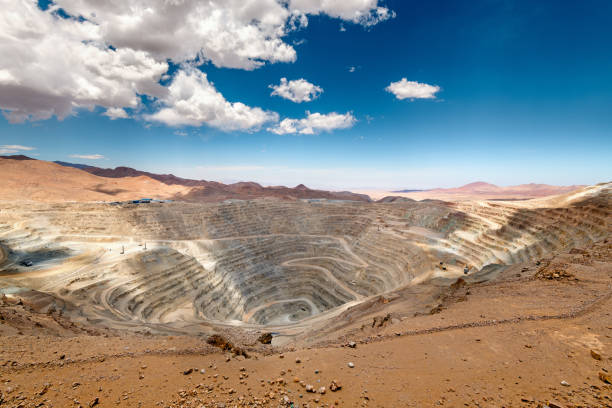Mining
InSAR is an important element of Geotechnical monitoring of mines
The mining sector is currently the biggest user of InSAR monitoring services, with most large-scale mining operations including InSAR monitoring in their SOPs.
Mines use InSAR to monitor open pits’ ground and slope stability, tailings storage facilities, waste rock dumps, road, rail, production infrastructure, staff accommodation, and community safety.
InSAR is highly instrumental in surface monitoring of underground mining operations, which often cause deformations on a wide area, sometimes far beyond the territory of a mining site.

InSAR’s high sensitivity to small-scale change and sufficient temporal resolution—6 days for Sentinel and one day in the future for new commercial programs—make it a valuable tool for generating early warnings and optimising in situ monitoring or the deployment of experts and expensive equipment. In-situ sensors and instruments provide high precision and continuous data. However, the data often remains localised and cannot render a broader or “synoptic” view, which may limit the ability to conclude decision-making.
InSAR is the most cost-effective tool for obtaining data on land stability and is irreplaceable for monitoring large areas. InSAR complements other monitoring techniques to make more informed business-critical decisions, such as total stations, prisms, ground-based radars, inclinometers, piezometers, and tiltmeters.
InSAR also benefits environmental monitoring and footprint control in a mining operation. When used with other remote sensing techniques, apart from area stability, it provides insights into the health of the soil and water, vegetation, and other ecosystem conditions.
Along with InSAR monitoring, GeoKinesia also provides several remote sensing monitoring services, which allow it to gather and analyse information on a mining operation’s environmental impact and ensure its environmental safety.

Abandoned or closed mines are prone to deformation, often posing a significant risk to surrounding areas and communities, physically and chemically.
Old workings are seldomly monitored because in situ monitoring are often economically unviable, difficlut to implement and maintain, or simply not available. InSAR is a reliable and sustainable strategy to start or maintain monitoring until other solutions become obtainable (budgets or procurement).
We are particularly interested in monitoring abandoned mines and tailings dams with InSAR. We can easily and remotely monitor the stability of the mines and surrounding areas to timely detect risks to surrounding communities, environment, and infrastructure, with minimum investment and maximum effectiveness. Talk about SDGs.
